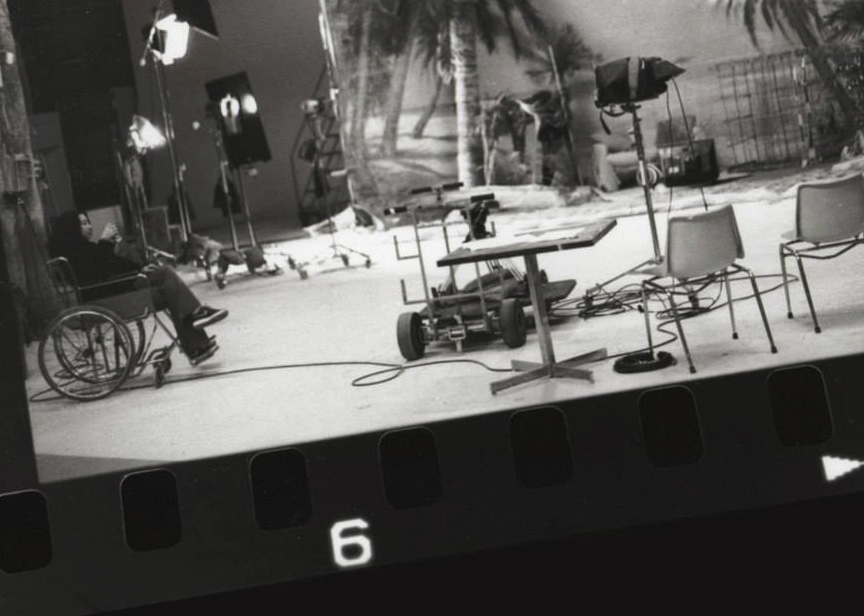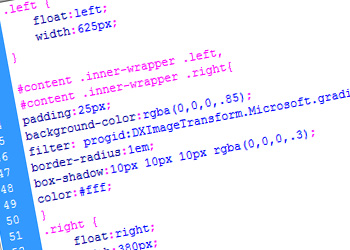Here’s four reasons why:
1. Perfection is not cost effective
There is something to be said for precision and accuracy. These are good things, and we strive for them as professionals. However, most clients are not going to notice a pixel here or pixel there. When you are under pressure for a deadline, wasting time on line heights that are barely noticeable or alignment (again barely noticeable) may not be the best use of time when there is other work (more important work) to be done.
I’m not saying do a bad job or care less about the appearance or quality of work, but you have to measure time taken vs project budget. There will always be something more you can fix or tweak and if you spend forever trying to get something completely perfect, you will…
2. Pixel perfect is about bragging rights
OK this point is sort of like the last but it needs to be said. Front End Developers that pride themselves on ‘pixel perfect’ coding just want others to notice how awesome they are. Its good to be awesome, but if the project is behind and there are features you haven’t completed yet because you were trying to get the font to match exactly from Photoshop in both PC and Mac (and chances are you can’t because they render differently) then you are wasting your time.
3. Websites change after you add real content
Half the time, designs are made with filler text and filler images. As most websites are built with a CMS with the intention that the client will be creating, managing and entering in their own content, usually with no styling knowledge or skills, the website will only approximate the Designer’s intentions. You can set up styles and work with best and worst case scenarios, but once the client gets their hands on the site, it won’t looks as clean and beautiful with real content as it does with filler. I’ve coded so many websites to near perfection and then hear the Designer moan in defeat when they see the three line news article title stretch the whole thing out of proportion.
4. Pixel perfect is obsolete
With responsive design as the reigning trend, pixel perfect is absurd. Designs now are created to be visually effective no matter what device (or device dimensions) they are being viewed on. This means that designs have to react to user desires and interactions. The days of fixed pixel designs are gone. The focus should now be on equivalent not exact experiences designed around content and the best way to see it. Elastic design and content cannot be pixel perfect.
Of course, I fully encourage close attention to detail. The difference between good design and great design is often in the small details and the path of least resistance doesn’t produce the best result. That being said, how we approach dedication to quality in our craft must be as flexible as the web itself.



